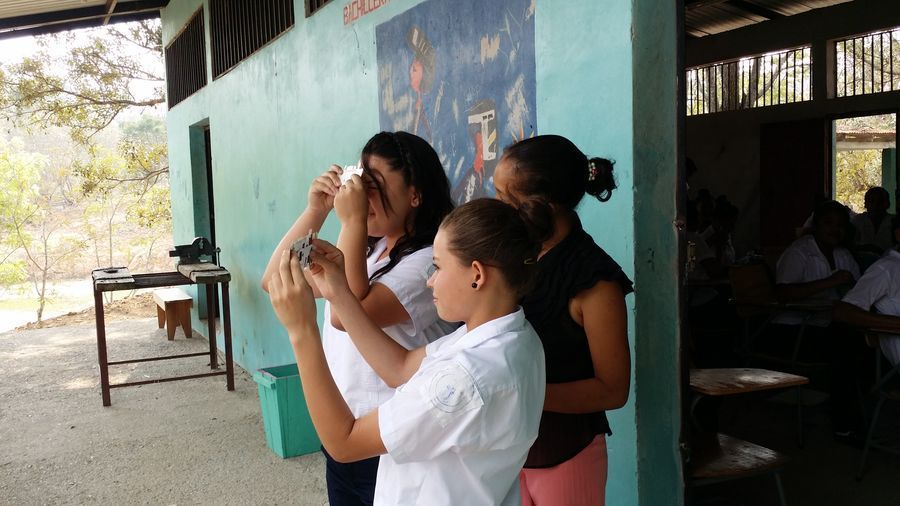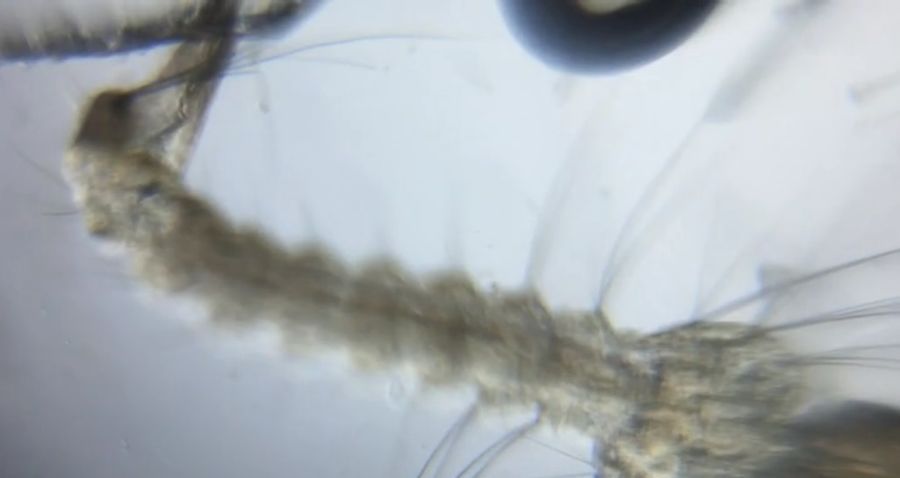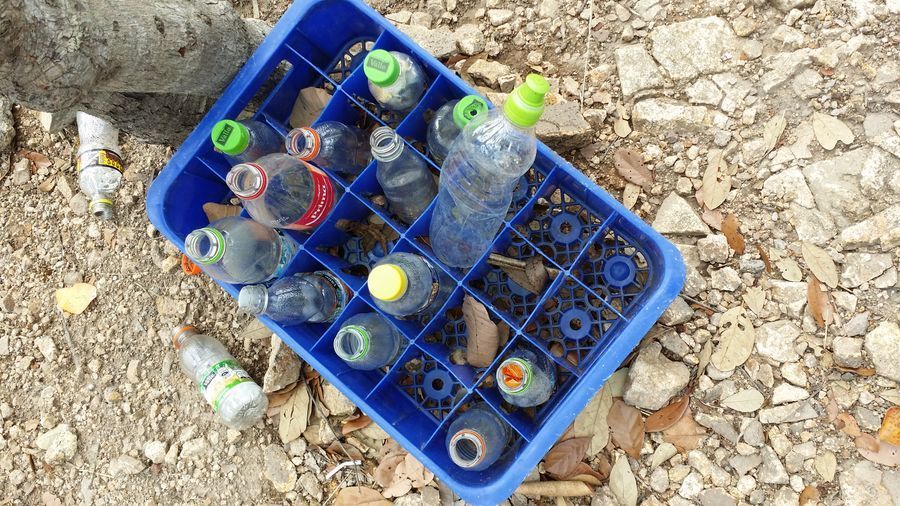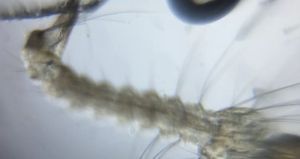Foldscope Part II: Facilitating Zika Research & Grass Root Data Sharing In Honduras
 Apr 28, 2016 • 6:19 PM UTC
Apr 28, 2016 • 6:19 PM UTC Unknown Location
Unknown Location 140x Magnification
140x Magnification Microorganisms
Microorganisms
tinacornely
Learn about the author...
3posts
9comments
1locations

With 4785 cases of Zika and counting, the government of Honduras recently declared a state of emergency.
El Salvador warned its citizens to hold off on their family planning for at least two years so doctors and scientists can come up with a cure.
The clock is ticking. The rainy season in Honduras is just about to begin and will last until November.
Foldscope and technology like WhatsApp present a unique opportunity in the fight and mitigation against Zika.
I arrived at the Instituto Rubén Barahona Oviedo on a Tuesday after a long ride from the capital, Tegucigalpa. This small school serves over 200 students and is located in a tiny village called San José del Potrero in Comayagua. A 32 year old institution with a small team of dedicated teachers who are doing their best to educate the youth of this small farming community.
The students are eager to learn, hard working and do their best to raise money so their school can try to cover their basic needs. For the last 9 years they have been toiling over raising money to build bathrooms. Bake sales, casual dress days and raffles have contributed but the project completion is still far off.
You can only imagine how estatic they were to receive the foldscopes.
El Salvador warned its citizens to hold off on their family planning for at least two years so doctors and scientists can come up with a cure.
The clock is ticking. The rainy season in Honduras is just about to begin and will last until November.
Foldscope and technology like WhatsApp present a unique opportunity in the fight and mitigation against Zika.
I arrived at the Instituto Rubén Barahona Oviedo on a Tuesday after a long ride from the capital, Tegucigalpa. This small school serves over 200 students and is located in a tiny village called San José del Potrero in Comayagua. A 32 year old institution with a small team of dedicated teachers who are doing their best to educate the youth of this small farming community.
The students are eager to learn, hard working and do their best to raise money so their school can try to cover their basic needs. For the last 9 years they have been toiling over raising money to build bathrooms. Bake sales, casual dress days and raffles have contributed but the project completion is still far off.
You can only imagine how estatic they were to receive the foldscopes.

Students from the Instituto Ruben Barahona Oviedo in San Jose del Potrero Through a series of empowerment lectures I covered topics like how to stay protected during mosquito season, the importance of canvassing areas for containers where mosquitos can breed and how to manage family planning with cycle beads . The latter is a long standing taboo in Latin America and the Caribbean. Throughout my humanitarian travels, I have found the cycle bead necklace facilitates the conversation.
Frequent power outages and low bandwidth presented difficult challenges for this project. Cell phones and Whatsapp ‘s chat and broadcast features kept us connected and on track.
Wednesday after a torrential downpour, the students and I canvassed the area around the school for larva samples. Zika larva are distinguisable by a breathing tube that is located near its tail. Coincidentally the Aedes mosquito causes Zika, Denghue and Chickengunya.
Frequent power outages and low bandwidth presented difficult challenges for this project. Cell phones and Whatsapp ‘s chat and broadcast features kept us connected and on track.
Wednesday after a torrential downpour, the students and I canvassed the area around the school for larva samples. Zika larva are distinguisable by a breathing tube that is located near its tail. Coincidentally the Aedes mosquito causes Zika, Denghue and Chickengunya.

We found a crate of soda bottles near the football field and were able to secure some samples.

Soda bottle crate We did not find mosquito larvae in our samples but we were able to secure mold from the bottom of one of the bottles.

Alternaria The students’ reactions to the specimen samples were priceless.
Our next step is to get teachers Wendy Mariel Abel and Omar Abener Sandoval blogging about their students’ foldscope experiences. Power outages and lack of internet bandwidth will make it challenging. Our Plan B is to have the images sent to me via WhatsApp and for me to upload them to the Microcosmos blog from the US.
Stay tuned for future progress reports!
Our next step is to get teachers Wendy Mariel Abel and Omar Abener Sandoval blogging about their students’ foldscope experiences. Power outages and lack of internet bandwidth will make it challenging. Our Plan B is to have the images sent to me via WhatsApp and for me to upload them to the Microcosmos blog from the US.
Stay tuned for future progress reports!
Sign in to commentNobody has commented yet... Share your thoughts with the author and start the discussion!

 0 Applause
0 Applause 0 Comments
0 Comments